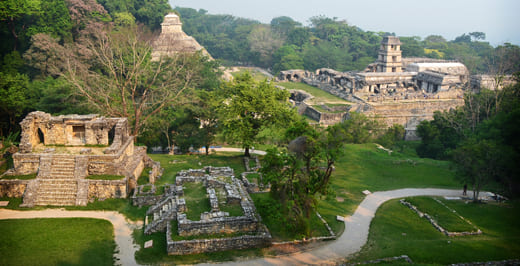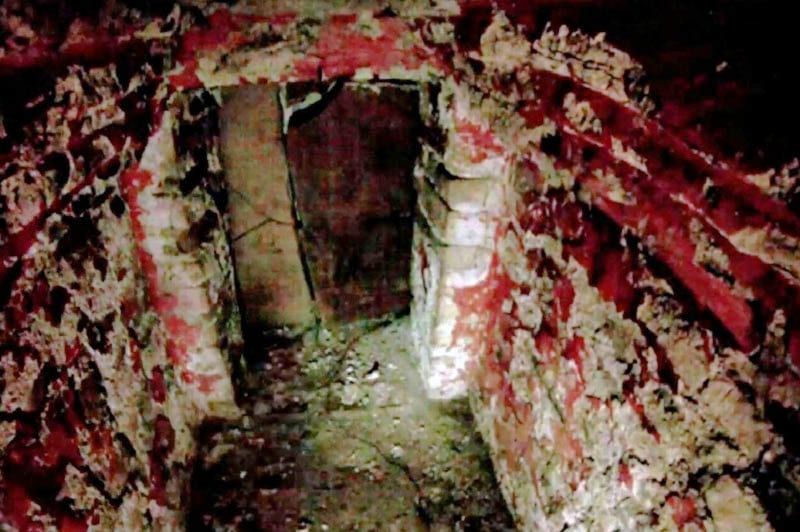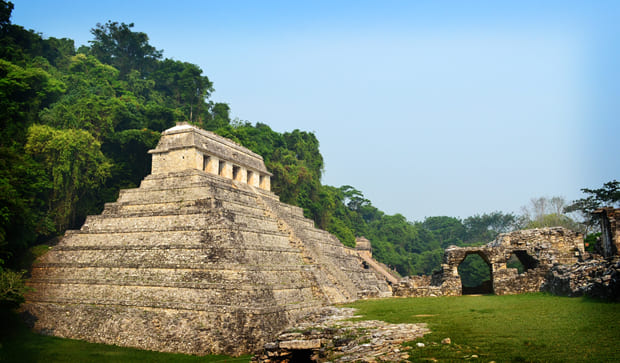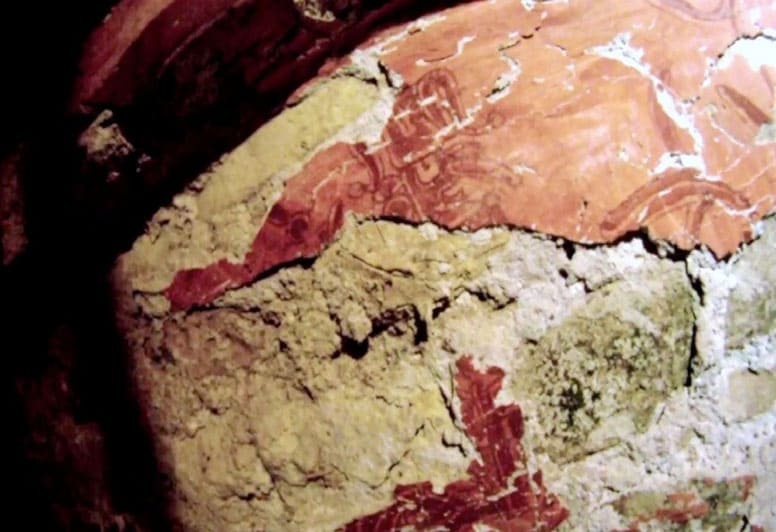
The Ancient City State of Palenque
In January, we published an article about a robotic camera used to explore an underground tunnel running under the Pyramid of the Feathered Serpent at Teotihuacan. Recently, another robotic camera has been used to produce the very first images of an ancient tomb at the archeological site of Palenque in Chiapas.

New Murals Found in Ancient Tomb of Early-Classic Palenque
Palenque is most known for the impressive pyramid called the Temple of Inscriptions, which is the burial site of a Pakal, a Late-Classic ruler of Palenque. The later rulers of Palenque are known to have written extensively about Palenque’s long history but because the Mayans (under the rule of Pakal and his successors) built what is currently seen at Palenque on top of they structures of the Early Classic dynasties, researchers have had a difficult time getting to the older structures.

Temple of Inscriptions
This newly explored tomb is located in the Southern Acropolis area of Palenque and is believed to be approximately 1,500 years old. The remote-controlled camera that was lowered into the tomb has revealed an “apparently intact funeral chamber, with offerings sitting on the floor. Wall murals depicted a series of nine figures, painted in black on a blood-red background.” A funerary costume of jade and shell were also seen, indicating that the site is most likely a royal necropolis possibly containing the remains of K’uk’ Bahlam I, the first ruler of the city-state.

1,500 Year Old Paintings Found in Tomb
Because of the date and on the identities of ancestral figures painted on the walls, there is also speculation that the tomb is the burial site of a noted female ruler of Palenque named Ix Yohl Ik’nal. If true, this would be the second remains of a female ruler found at Palenque, the first being those of the famous “Red Queen,” believed to be either Pakal’s wife or mother.
These new images (as we often like to point out) illustrate the continual opportunity for those interested in archeological travel to literally witness history in the making here in Mexico. It is believed that only ten percent of the archeological site of Palenque has been excavated, which is common as most of the Mayan archeological sites in Mexico still have much to be discovered. Stay tuned as we report on new findings as they are uncovered!










